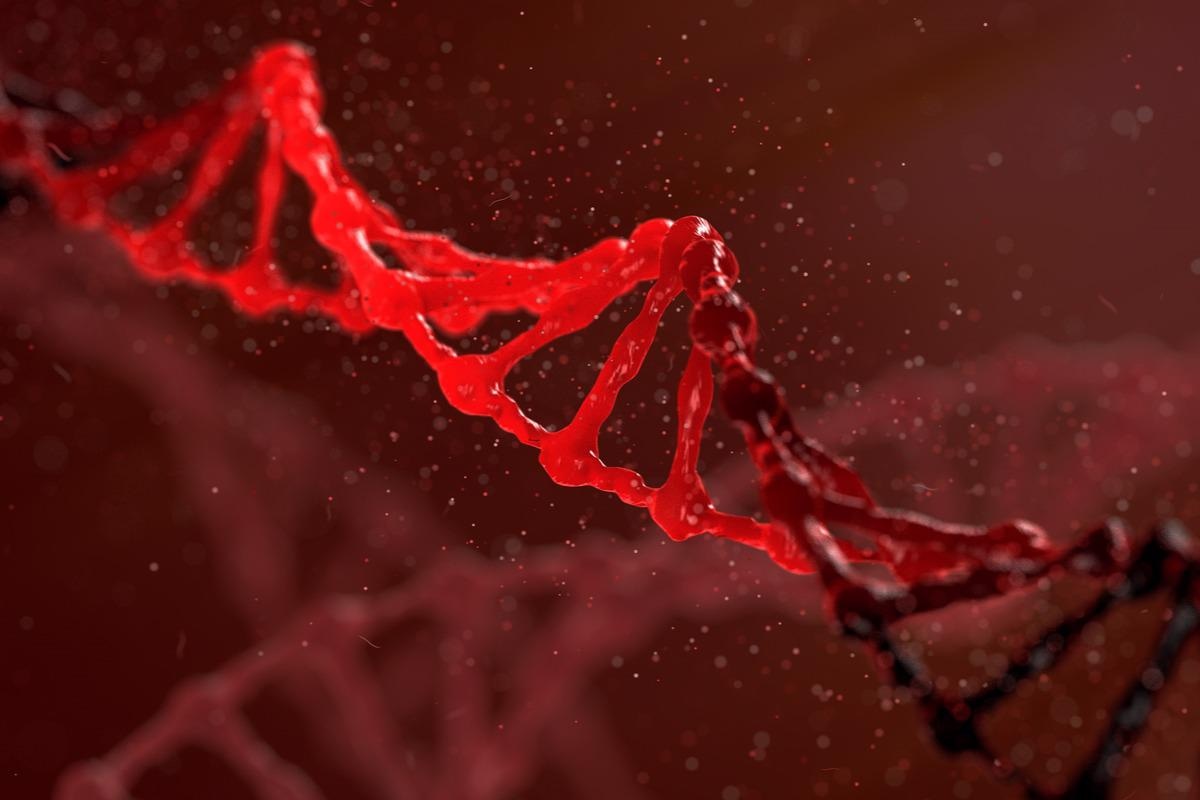Home » Health News »
Potential diagnostic method for identifying human health-relevant nucleic acids utilizing FokI-assisted digestion of DNA duplexes and DNA/RNA hybrids
Developments in molecular diagnostics have been vital in discovering novel pathogens and diagnosing many human diseases. The recent coronavirus 2019 (COVID-19) pandemic, caused by severe acute respiratory syndrome coronavirus 2 (SARS-CoV-2), is an example of how introducing an unknown viral disease can overwhelm the diagnostic capabilities of healthcare settings around the world. For detecting SARS-CoV-2, real-time polymerase chain reaction reverse transcription (RT-PCR) is the gold standard, but this can be a lengthy process that has led to the production of methods that can better facilitate the real-time surveillance of the disease.

Background
Identifying a class of restriction endonucleases (REs) capable of hydrolyzing DNA/RNA heteroduplexes resulted in new techniques for studying DNA/RNA hybrids. Previous data revealed that when the endonuclease's catalytic domain is coupled to certain zinc finger DNA-binding domains, FokI, a type IIS RE, can undertake asymmetric digestion of DNA/RNA hybrids. FokI is a unique restriction enzyme that identifies a certain DNA sequence and cleaves 9–13 base pairs (bp) away from it non-specifically.
In a recent study published in Analytical Chemistry, using a bespoke design for detecting dumbbell-like oligonucleotides, a group of researchers revealed that native FokI relaxation might be induced, resulting in FokI-assisted digestion of DNA duplexes and DNA/RNA hybrids.
In the presence of the FokI-mediated sensing tool, the identification of synthetic RNA molecules belonging to the non-structural protein (Nsp) 4, Spike, and open reading frame (Orf) 8 genomic areas of SARS-CoV-2 was improved. The cleavage reaction was extremely selective to its target compounds and might be multiplexed to help detect other human coronaviruses, such as SARS-CoV-2 variants.
The study
Short complementary DNA/RNA or DNA/DNA oligonucleotides that contained a single FokI site were designed by the authors and labeled with IRD800 or Cy5.5 dyes at their 5' end. FokI cleaved both substrate strands of a DNA duplex with good precision and at predetermined places within the target sequence. Even after extensive incubation durations, FokI-mediated cleavage of the heteroduplex DNA/RNA substrate did not provide any recognizable product. The internal control reaction with BanI RE, on the other hand, led to the formation of specific restriction products.
The authors created additional independent hybridization sequences without the FokI restriction site to rule out any possible difficulties associated with the FokI RE's star activity. Without a cognate restriction site, FokI RE digestion of DNA duplexes or DNA/RNA heteroduplexes was totally eliminated, suggesting that the cleavage reaction mediated by a native FokI is extremely specific and requires the presence of a DNA duplex rather than a DNA/RNA hybrid in the recognition site itself.
The authors used a new technique taken from the structure of the hairpin guide oligonucleotides proposed in prior research to see if the catalytic domain of FokI could still function in the absence of an appropriate recognition site. The authors showed that FokI-mediated digestion of a DNA duplex with this hairpin guide oligonucleotide produced the intended restriction product in one of the strands.
However, the effectiveness of the reaction was diminished 3- to 4-fold compared to the kinetics of the native FokI endonuclease in the presence of a complementary substrate. The authors found no digestion product on the complementary strand, showing that the hairpin guide oligonucleotide could digest itself in the presence of a complementary sequence but not without the complementary counterpart in the setting of a DNA duplex.
Following these findings, the authors speculated if these molecular approaches could be employed as a diagnostic tool for detecting SARS-CoV-2 particles in human RNA samples. The authors first tested whether the original dumbbell-like structures could detect viral sequences in the presence of various SARS-CoV-2 variants obtained from nasopharyngeal swabs, including the wildtype (WT), B.1.1.7, B.1.351, P.1, and B.1.617.2 strains, and also other known human coronaviruses circulating before the pandemic. The constructed dumbbell-like structures were highly specific for SARS-CoV-2 and robust to newly discovered mutations, suggesting that detection of SARS-CoV-2 RNA was successful regardless of the variant.
The researchers went on to look at a total of 46 control samples, and 65 diagnosed COVID-19 cases. The findings revealed a substantial anti-correlation between the signal intensity of positive SARS-CoV-2 cases acquired in these FokI-assisted signal amplification assays and sample cycle thresholds established using RT-PCR methods. At 45 minutes, significant differences in signal intensity between SARS-CoV-2 positive and negative cases were observed. The accuracy, sensitivity, and specificity of the FokI-assisted signal amplification reaction were 0.84, 0.77, and 0.93, respectively, when compared to the gold standard RT-PCR approach.
Implications
The approach suggested in this study exposes the type IIS endonuclease FokI's surprising activity in the context of DNA duplexes and DNA/RNA hybrids, pointing to the potential use of this reaction as a diagnostic method for identifying nucleic acids of particular importance to human health. The excellent specificity of this technique toward their cognate molecular targets was a significant advantage.
- Juan R. Tejedor, Gabriel Martín, Annalisa Roberti, Cristina Mangas, et al. (2022). Enhanced Detection of Viral RNA Species Using FokI-Assisted Digestion of DNA Duplexes and DNA/RNA Hybrids. ACS Publications. doi: https://doi.org/10.1021/acs.analchem.2c00407 https://pubs.acs.org/doi/10.1021/acs.analchem.2c00407
Posted in: Molecular & Structural Biology | Life Sciences News
Tags: Analytical Chemistry, Coronavirus, covid-19, Diagnostic, Diagnostics, Digestion, DNA, Endonuclease, Enzyme, Genomic, Healthcare, Hybridization, Molecular Diagnostics, Nasopharyngeal, Oligonucleotides, Pandemic, Polymerase, Polymerase Chain Reaction, Protein, Research, Respiratory, Restriction Endonucleases, Restriction Enzyme, RNA, SARS, SARS-CoV-2, Severe Acute Respiratory, Severe Acute Respiratory Syndrome, Structural Protein, Syndrome, Transcription, Viral Disease, Zinc
.jpg)
Written by
Colin Lightfoot
Colin graduated from the University of Chester with a B.Sc. in Biomedical Science in 2020. Since completing his undergraduate degree, he worked for NHS England as an Associate Practitioner, responsible for testing inpatients for COVID-19 on admission.
Source: Read Full Article



